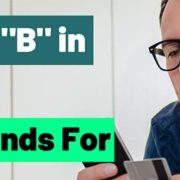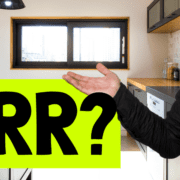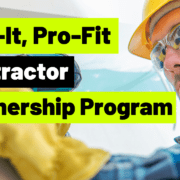How to Make Money Bird Dogging
How to Make Money Bird Dogging
Do you know how to make money bird dogging?
So, let’s say you’re eager to start investing in real estate, but you’re not quite ready to fix and flip or BRRRR. It’s just too big of a commitment or too much of a risk. Or both.
No problem.
You can still make money in real estate with a simple, but effective method called bird dogging.
What is bird dogging?
Basically, it’s driving for dollars. You hop in your car and drive around the neighborhood, city, or entire state and look for potential investment properties. You can even put on your best walking shoes and take a jaunt around your own neighborhood.
So, what does an investment property look like? Well, you should be able to tell it hasn’t been maintained. The paint is chipped, the windows are broken, the lawn overgrown, and so on. Or it’s vacant. Or there’s just something else is wrong with it that makes you think it can be sold at a discounted price.
Then, you collect information about the property. That means you can knock on the door and chat with the owner, take photos, and/or jot down the address. Once you do one or all these things, you can share it with potential buyers.
Buyers are usually wholesalers, investor-friendly realtors, flippers, or other real estate investors. They take the information you provide and follow-up with the owner to see if they’re actually interested in selling their property.
Essentially, you become the eyes and ears of the market.
So, what are some of the biggest benefits of bird dogging?
- First off, it’s great for beginners who want to learn more about real estate investing. Maybe you’re not ready to flip or rent homes now, but you want to in the future. Bird dogging is a great introduction to both.
- Unlike flipping and renting, bird dogging also doesn’t require any money to start. You don’t need to worry about classes, training, loans, or anything else that requires cash out of your own pocket.
- Bird dogging is also something you can do when you have the time. So, it’s easy to fit into your schedule, be it during your lunch break, after you drop off the kids at school, or during your Sunday stroll. Really, whenever works for you!
- Better yet, bird dogging can create multiple streams of income. You can make money when you find an investment property, when a wholesaler or realtor sells it to a flipper, and—if it’s a flipper—when they sell it after renovating it.
So, there you have it! Bird dogging is something you can do whenever and wherever. Just hop in your car or put on your shoes and go exploring. Find those properties that are in disrepair and share them with buyers.










